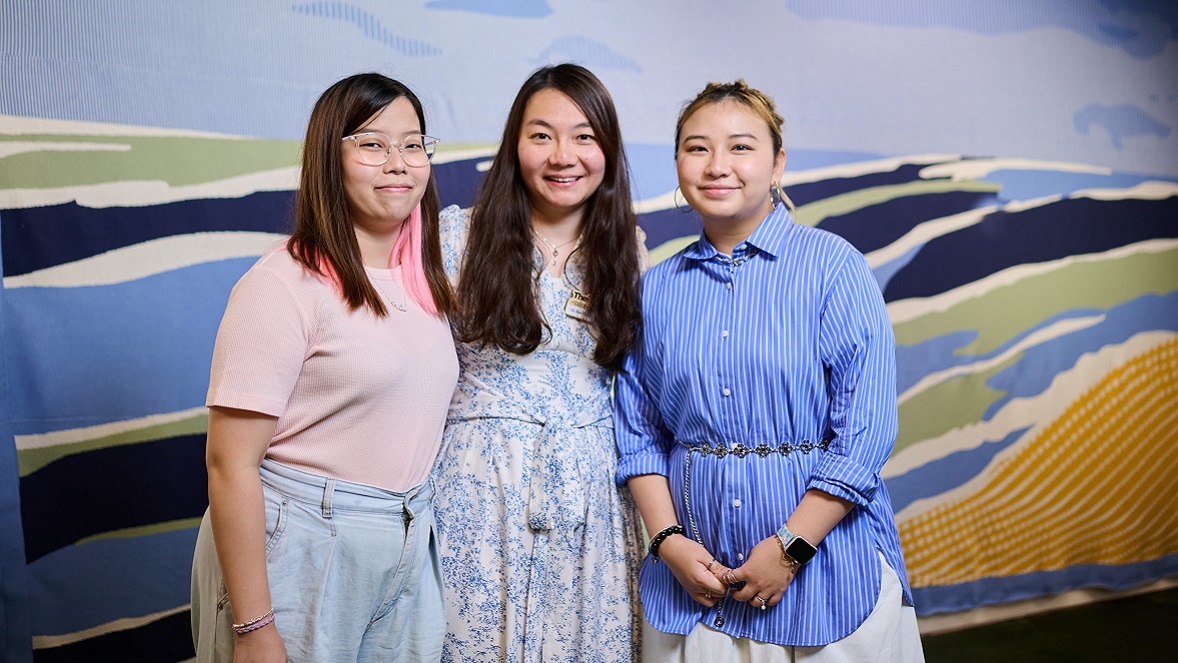
TIn July, Link Sustainability Lab launched a new theme, “Loop to Last – Unveiling the Circular Economy”, which focuses on how technological advancements have enabled the adoption of the circular economy and features some nature-based solutions to address the ecological crisis, with contents covering climate change, marine litter, waste electrical and electronic equipment, smart packaging and sustainable fashion and others.
Stepping into the Link Sustainability Lab at Lok Fu Place, you will be captivated by a mesmerising sight – a massive fabric wall measuring 2.3 metres high and 4.5 metres wide, with the theme “Beautiful Ocean”. This sustainable fabric wall exemplifies sustainability as it is crafted from regenerated blended cotton made from recycled polyester fibres and woven using electric knitting techniques and recycled yarn. It has been jointly created by the Technological and Higher Education Institute of Hong Kong (THEi), member institution of Vocational Training Council (VTC) and Link Sustainability Lab. In addition to radiating the tranquil effect of the blue ocean, this fabric wall embodies a deeper significance.
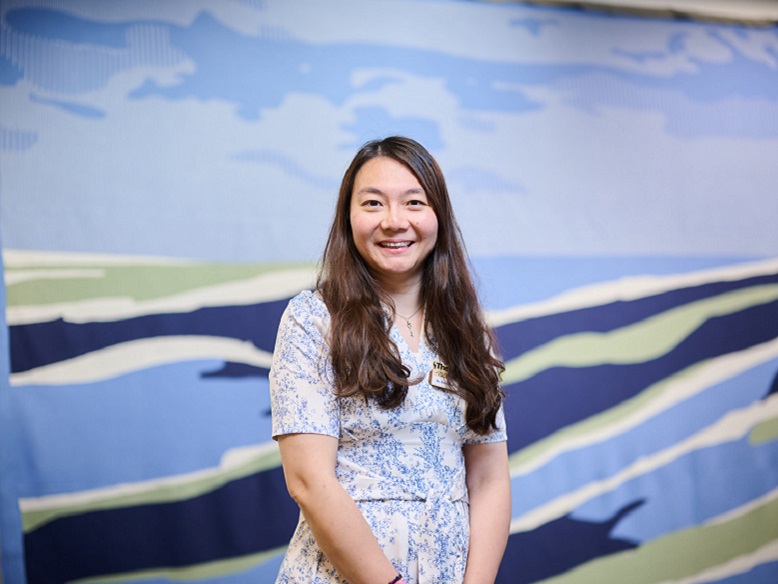
Dr Eve Chan, Assistant Professor in the Department of Design and Architecture at THEi and one of the project leaders, explains, “This collaborative project with Link is a testament to our students’ creativity and commitment to sustainability. They not only conceptualised and designed the entire piece but also meticulously chose eco-friendly materials and production methods, coordinating with Link and fabric manufacturer on their own. They are excited and proud to contribute to this impactful creation.”
The fabric wall’s creators, Raeka Chan, a student from Bachelor of Arts (Honours) Fashion Design programme’s fashion design stream, and Zoe Choi, a student from the fashion management stream, said the project took about three months to complete. “Our initial drafts needed refinement. But after communicating with Link, conducting research and going through numerous iterations, we eventually created the final artwork you see today. We prioritised eco-friendliness at every stage, incorporating sustainable elements from the colour palette and material selection to the production techniques. For example, we used regenerated blended cotton and employed knitting techniques that are more waste-efficient than traditional cutting and sewing methods. This innovative approach allowed us to use the exact amount of yarn required.”
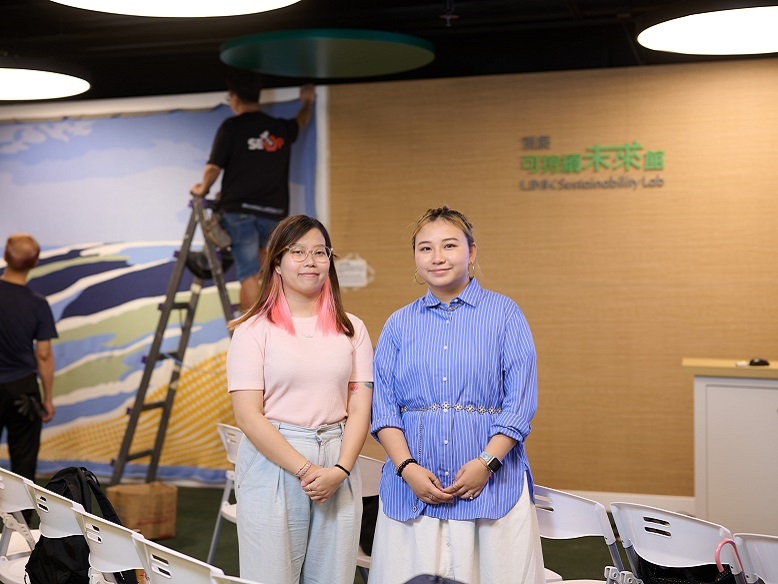
Reflecting on their journey of more than a hundred days and nights, Raeka and Zoe smile, saying, “Participating in this project and having the opportunity to see our creation and design come to life is an honour. The journey not only deepened our understanding of global sustainability issues but also highlighted the importance of meticulous craftsmanship in quality creation; even the most compelling design requires extensive detail modifications and colour matching to achieve the most optimal result. As students about to enter the workforce, we have found this experience valuable.”
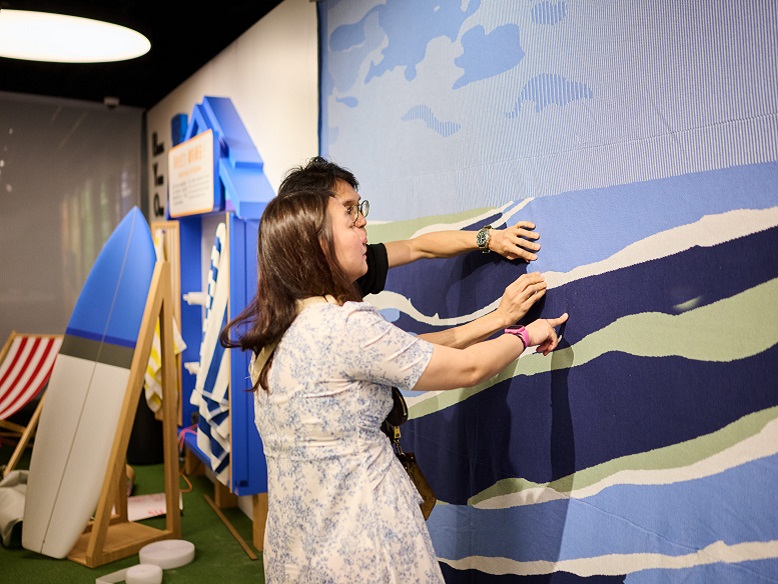
Dr Chan echoes these sentiments, emphasising the valuable role of this collaboration in providing students with an excellent platform and practical experience to showcase their talents: “They can translate their creative vision for sustainable fashion into reality. These experiences equip them with a robust foundation for their future careers in the world of sustainable fashion or environmental fields.”
Since the 1990s, “fast fashion” culture has taken the world by storm, with Hong Kong being no exception.
Did you know that a staggering 400 metric tonnes of textile waste are disposed of in Hong Kong’s landfills each day, nearly half of which is clothing products? According to Greenpeace, Hong Kong residents discard almost 15.4 kg of clothing per person each year, equivalent to 102 T-shirts.
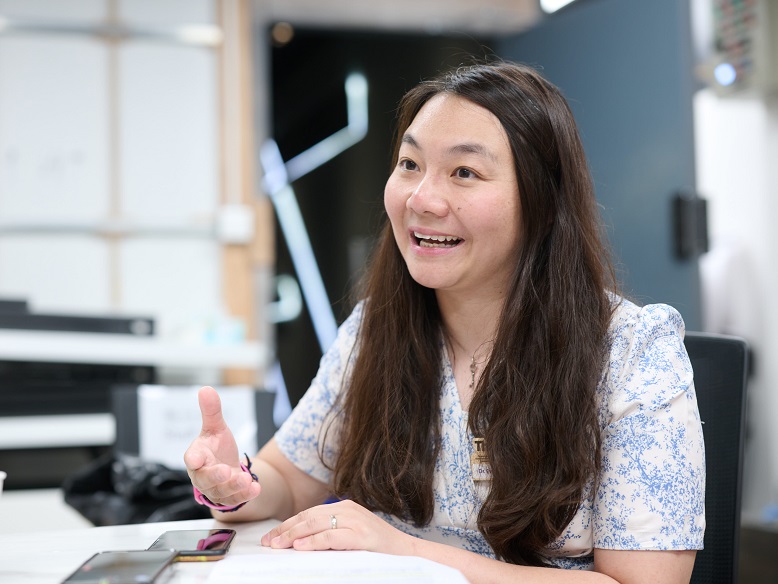
Dr Chan, an industry educator, applauds Link Sustainability Lab’s decision to focus on the “circular economy” as its theme, enhancing the promotion and awareness of this concept in the community. She observes a positive “cycle” in the fashion industry and hopes it will shift towards greener and more eco-friendly practices. “Having worked in a fast fashion company myself years ago, I witnessed firsthand the industry’s environmental toll. From design and production to packaging, sales and disposal, fashion consumes vast resources and generates significant waste and pollution. This isn't the future we want, neither for industry professionals nor consumers.”
Encouragingly, Dr Chan has observed a growing public interest in sustainability, reflected in changing consumer behaviour. People are buying fewer polyester fibre products, instead opting for eco-friendly organic cotton clothing. They are also favouring naturally light-coloured textiles over heavily dyed ones, donating used clothes and repurposing old clothing. This shift marks a new dawn for the industry. “Sustainability is driving changes in the fashion industry’s materials and supply chains, improving production and manufacturing methods while prompting innovations and transforming design thinking.”
Raeka and Zoe, soon-to-be fashion industry entrants, add their perspective, “Rapid technological advancements prompt us to explore zero-waste pattern techniques. Additionally, using reusable materials and designing and manufacturing clothing that is beautiful, eco-friendly, resistant to wear and tear, and can withstand the test of time is crucial.”
Turning the dream of sustainable development into reality requires changemakers and pioneers across all fields. We can together initiate small changes in our daily lives to create a greener planet!